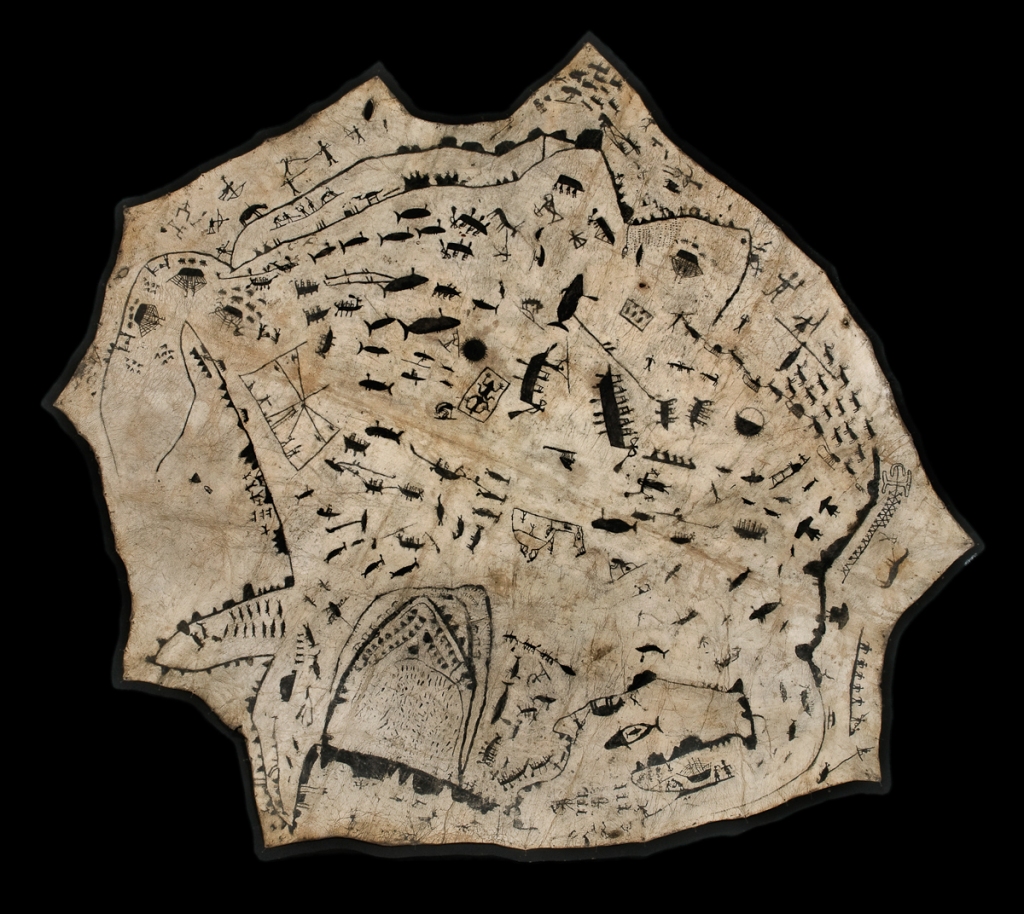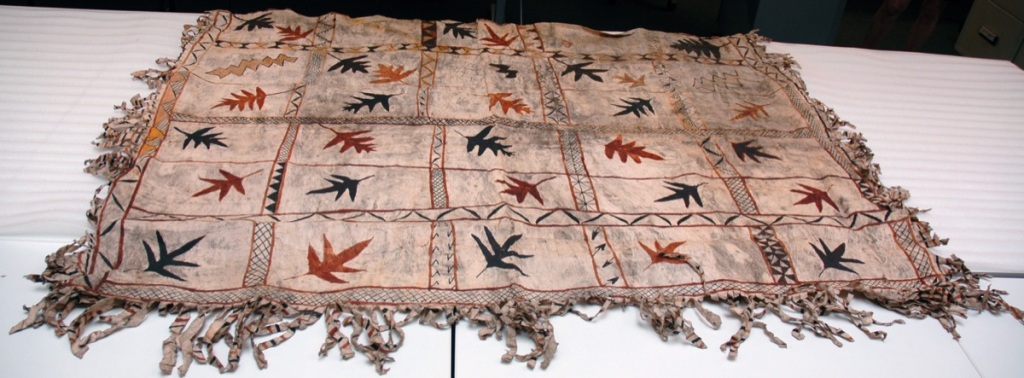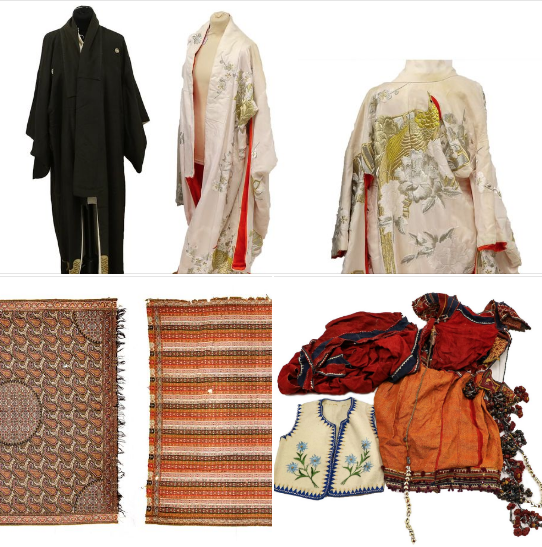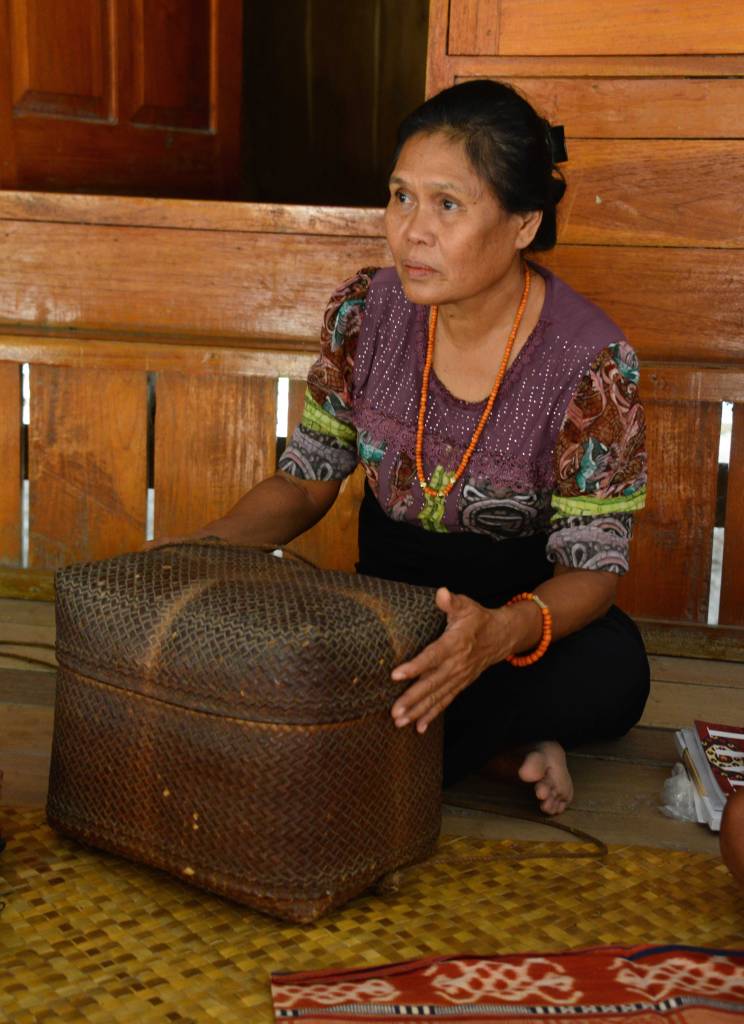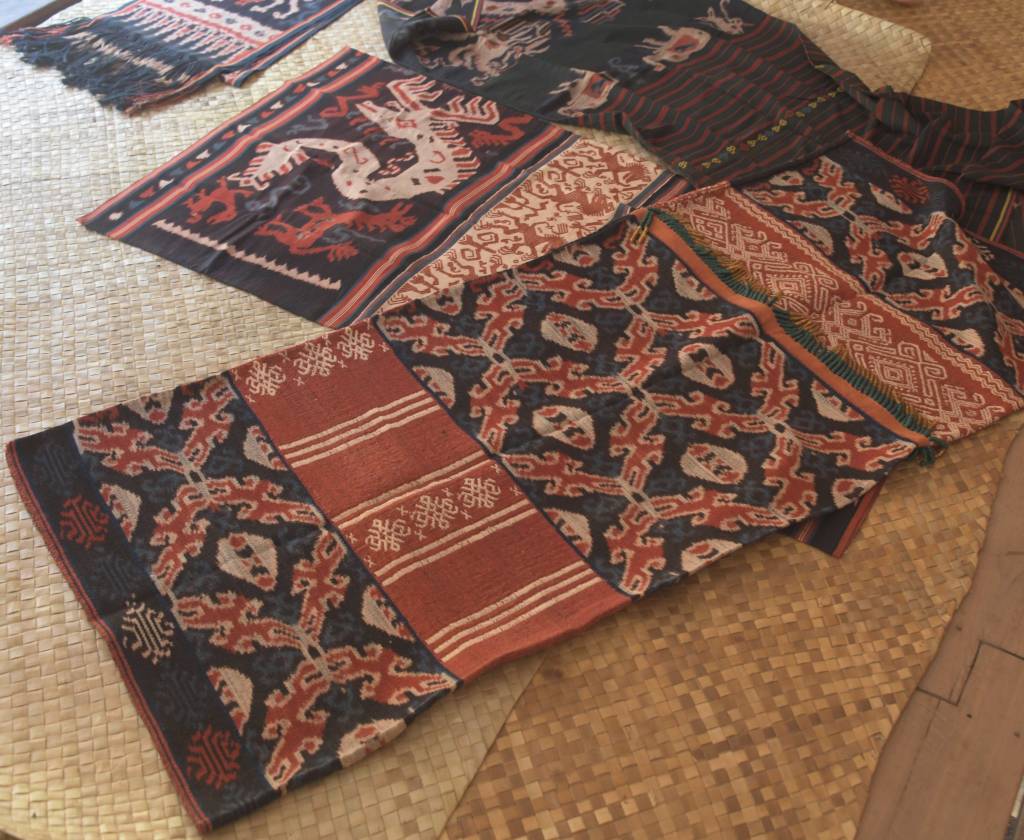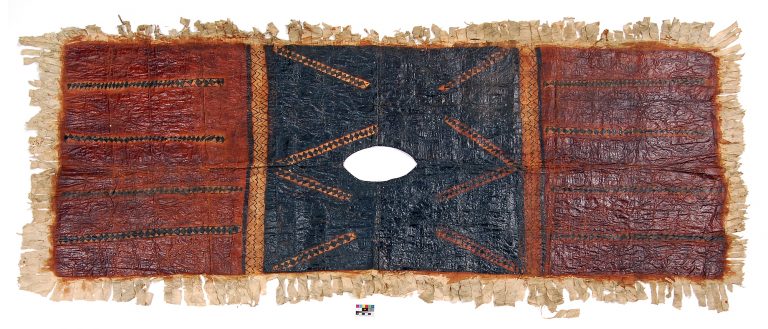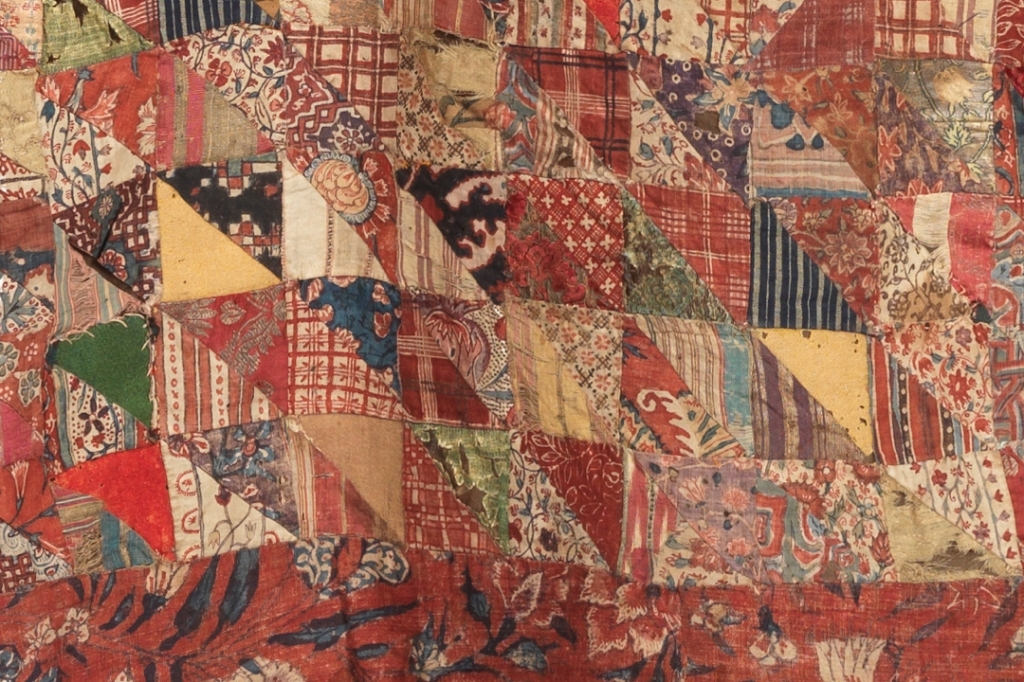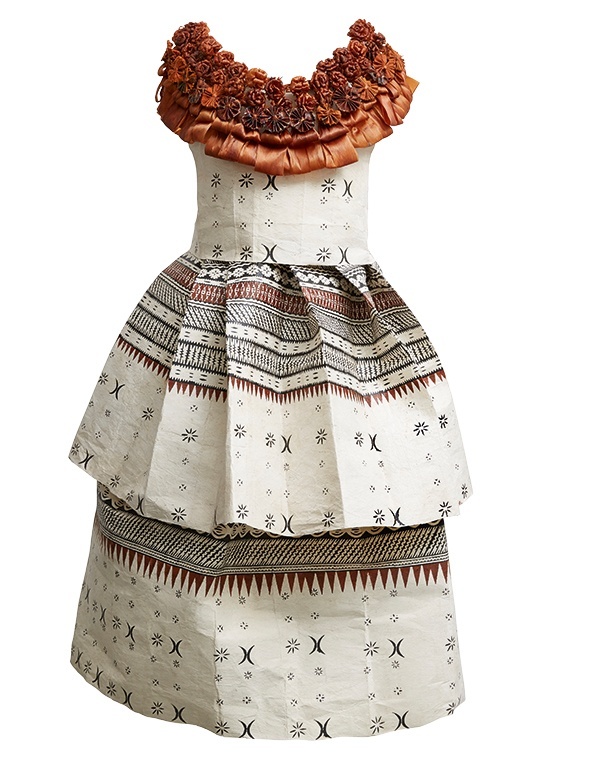
Apologies for the short notice for some of these events. I’m heading off to Indonesia soon and rushing to complete everything before I leave!
The Fashion and Textiles Gallery at the ACM (Asian Civilisations Museum) in Singapore has now reopened. Textiles Masters to the World: The Global Desire for Indian Cloth features a display of stunning textiles and garments that were produced in India and traded to regions in the Middle East, Southeast Asia, Europe, and Japan from the fourteenth to the nineteenth century. Find out more about this exhibition here.

******************************
The Textile Society (UK) is offering awards of up to £5,000 for a textile related project within the museum, archive and conservation sector.
“The Museum, Archive and Conservation Award is designed to support textile related projects within a museum, archive, or conservation studio for an exhibition, publication or conservation project that will help achieve greater awareness and access for the public.
The Textile Society invites applications from all museums, archives and conservation studios with accredited or provisionally accredited status.
Priority will be given to applications from small to medium sized institutions with an annual turnover of less than £750,000 per year.” Please note that the closing date for applications is 1 May 2023. More information of how to apply, and details of the projects undertaken by past winners can be found here.

******************************
I haven’t come across the tradition of barkcloth in Uganda previously, so was interested to hear of this online talk hosted by WARP (Weave A Real Peace). It takes place online this Saturday 15 April at 1100 ET, which is 1600 BST.
“For more than 700 years, the legacy cloth, lubugo (barkcloth), made from the mutuba tree (ficus natalensis) has been used to clothe Ugandans, bury the dead and mark sacred ceremonies in Uganda. In 2005, it was designated as an intangible cultural heritage by UNESCO to be preserved and protected. Today, it is inspiring contemporary artists, designers, scientists, scholars and researchers locally, regionally, continentally and globally. It has an exciting future but faces several challenges, such as deforestation and the passing away of the elderly skilled masters without their children continuing the tradition. The Bukomansimbi Organic Tree Farmers Association (BOFTA) and a global group of collaborators are working together to strengthen Uganda’s barkcloth industry and preserve this tradition for future generations.” – WARP
Click here for more details and to register for this free talk.

******************************
Another event taking place the same day, but this time in-person, is the latest programme from the TMA/SC (Textile Museum Associates of Southern California). Janet Seward will talk on the subject of Guatamala Dress: Diversity and Evolution, followed by a Show and Tell of textiles from her collection.
“Isolated villages in the rugged mountains of Guatemala have each developed their own wildly different, yet still traditional clothing. Woven on backstrap looms for over 2,500 years, the costume of each town continues to evolve, and at one time instantly signaled a person’s origin, and their economic and marital status. There are preferred colors in each village and sometimes a complete change of design between an everyday huipil (blouse) or a ceremonial one from the same place. The huipil, the most recognized piece outside of Guatemala, is a tribute to womankind’s capacity for innovation, her joy in individual creativity, her pride in her traditions and her display of admired skills as well as her wealth.”
This event begins at 1000 PT, but registration closes at 1700 PT TODAY, so don’t delay!

******************************
Next Wednesday 19 April ORTS (Oriental Rug and Textile Society) will hold an in-person event in London. Dr Benjamin Hinson of the V&A will talk on Collecting Late Antique textiles at the Victoria and Albert Museum: Greville Chester, Gayet, Thomas and friends.
“The Victoria and Albert Museum holds one of the world’s largest collections of Late Antique and early Islamic textiles from Egypt. Parts of the collection’s history, and the figures responsible for helping to form it, are well known – others much less so. This talk will outline some of the key individuals, but also several of the lesser-known, who donated or sold Egyptian textiles to the V&A in the 19th and 20th centuries.”
This talk is free for members, with a charge of £7 for non-members, and takes place at the University Women’s Club in Mayfair. Click here for more details.

******************************
Sunday 23 April is the date for the annual Textile Society’s Antique and Vintage Textile Fair in Manchester – not to be missed!
“The Textile Society celebrates Manchester’s heritage as the powerhouse of British textile design and manufacture. The Manchester Antique & Vintage Textile Fair is the hub for all passionate collectors of textiles. It was the first antique fair to specialise entirely in historic textiles, and it has remained a key event in the textiles calendar since 1992. From world textiles to mid-century modern, from Art Deco to vintage fashion, the fair is an exciting and abundant source for objects and ideas, wall art or wearables, the beautiful or the kitsch.”
I’ve found some wonderful things there in the past and highly recommend it. Full details can be found here.

******************************
Also taking place on Sunday 23 April is an online presentation hosted by the International Hajji Baba Society. The speaker is Austin Doyle and his subject is Shahsevan Pile Rugs and Bags.
“The Shahsevan are well recognized for the brilliant colors and fine weaving of their sumak production, but their pile weaving has been difficult to identify, much less to attribute to particular Shahsevan tribes. The Shahsevan originally had a nomadic life-style and it was surmised that they had little need or ability to weave heavier pile carpets. The pile weavings attributed to them were often small and crudely designed pieces.
The Shahsevan were not a monolithic tribal grouping and included members of Afshar and Turkicized Kurdish groups, both known to be prolific pile weavers. It also appears that some Shahsevan groups were only semi-nomadic through much of the 18th and early 19th century, and interacted closely with village groups in the Caucasus, Karadagh, and other parts of northwest Persia. Austin Doyle will review the structural characteristics, colors, and design features that may indicate Shahsevan production or influence, and will discuss pieces which might tentatively be assigned to particular areas or subgroups of the Shahsevan.”
This free online programme begins at 1300 ET, which is 1800 BST. More details and registration can be found here.

******************************
Finally the next OATG event takes place on Thursday 27 April 2023. This will be an online presentation by independent scholar Thweep Rittinaphakorn, better known to his friends as Ake. His subject will be Frontiersmen of the Crossroad: The Fusion Style of Shan Chinese Dressing.
“Chinese Shan costumes, particularly those of females, are a crossbred fusion between the tradition of Tai apparel and Chinese style adornment and adaptation. The most outstanding items among the repertoire are the female festive skirts. They provide a stunning sight to those who have seen them. They have profuse, eclectic, and gaudy decoration, incorporating different material and embellishment techniques, unlike any other kind.
Relying on photographic evidence taken at the turn of the century, old books & early traveling memoirs, plus current dressing practice and physical material evidence drawn from private collections, this talk will first provide an initial backdrop of Chinese Shan culture, then dive deep to discuss their dressing style, accoutrements, plus embellishing technique and the materials used.”
Ake is an independent scholar whose work focuses mainly on textiles and arts history of mainland Southeast Asia. He curates The Siam Society’s textile collection and is a regular speaker to the Siam Society, Thai Textiles Society, and The Bangkok National Museum Volunteer group.

Please note that this programme begins at the earlier than usual time of 1630 BST, as our speaker is in a different time zone. Full details and registration for this event can be found here. It is of course free for OATG members, but there is a small charge for non-members.
Ake is also the author of Unseen Burma: Early Photography 1862-1962, published by River Books. This is a record of photographs from his amazing personal collection.
“When the British colonised Burma, they brought with them the latest technology in cameras and photographic reproduction, and since these were introduced to Burma as early as the middle of the 19th century, the country is richly catalogued and photographed. The new technology was first popularised by western practitioners (Germans, Italians, and, of course, the British) and upper-class patrons, but then spread to the mass market. “
It is already available in Thailand, and you can see some of the pages here. It will be available internationally in late May/early June.

******************************

